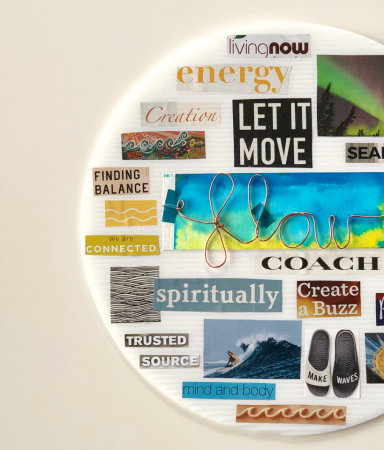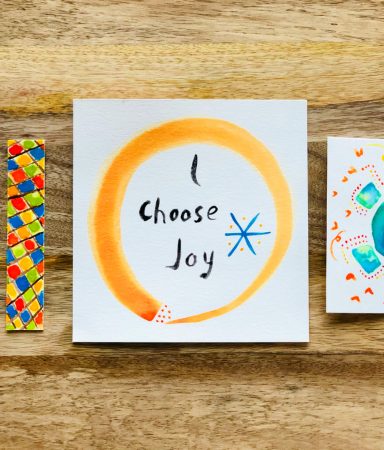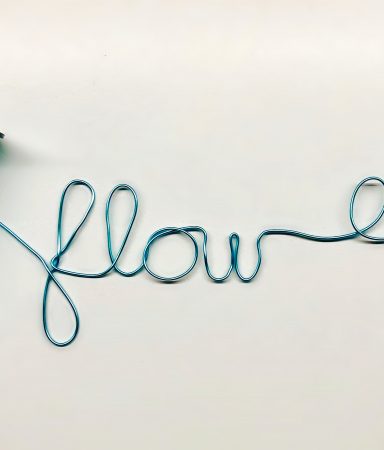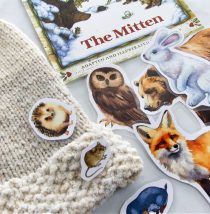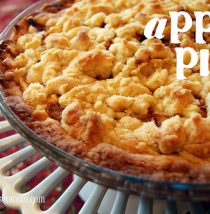Many people are faced with the unknown as they begin their creative process. That place of blankness – a blank room, blank canvas, or blank page. Specifically where to begin. It can be scary and vulnerable to be in this space. But as we reflect on our mind, body, and soul, through meditation, journaling, or light exercise, we mentally prep for creativity and move through this vulnerable state to a place of true creation.
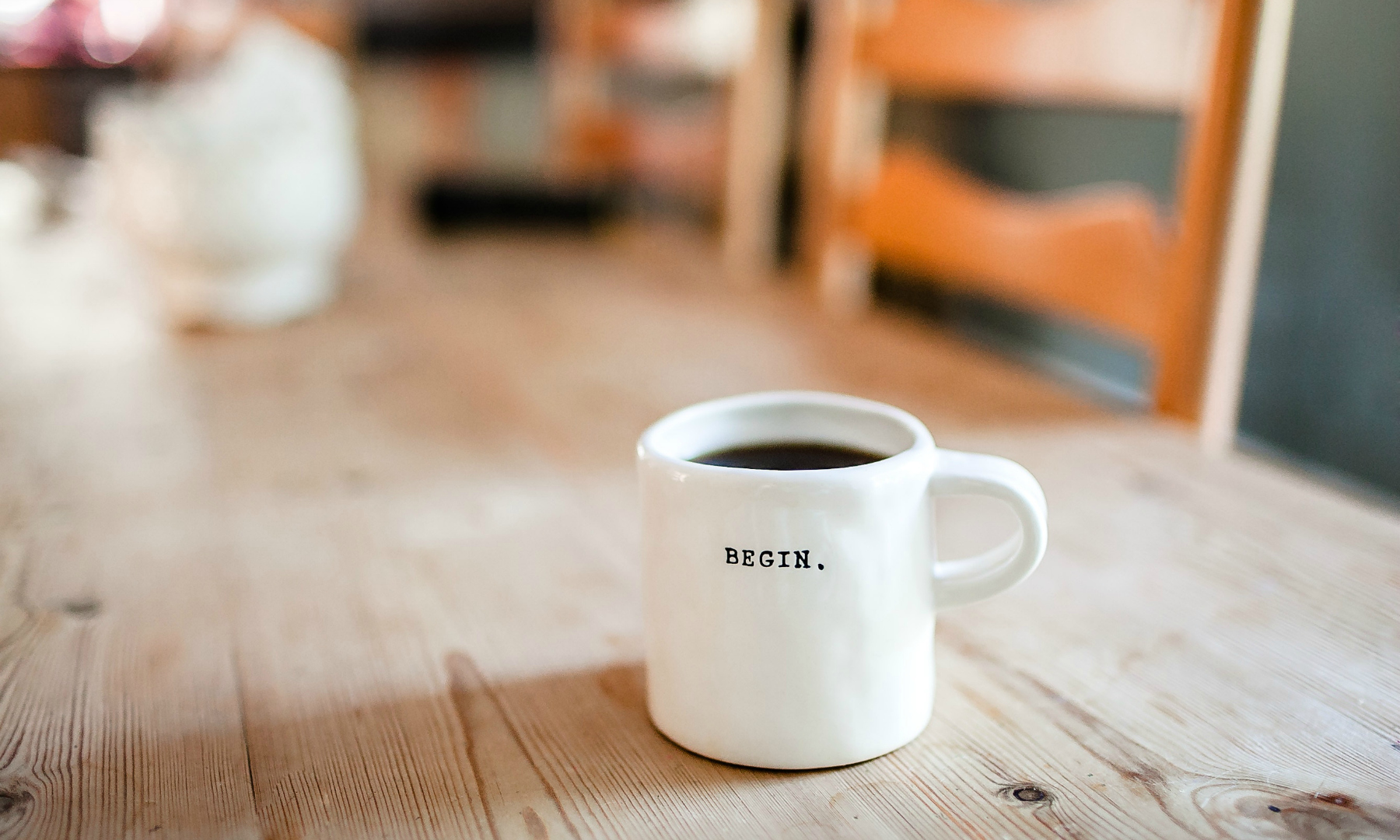
I have found myself in this space as well, this blankness. Especially as I’m becoming more of a reflection-based creator, moving through being only a results-based creator. It can be frustrating and disheartening when we don’t know where to go with creativity… where to start, what to create, how to begin when we truly don’t know where to go.
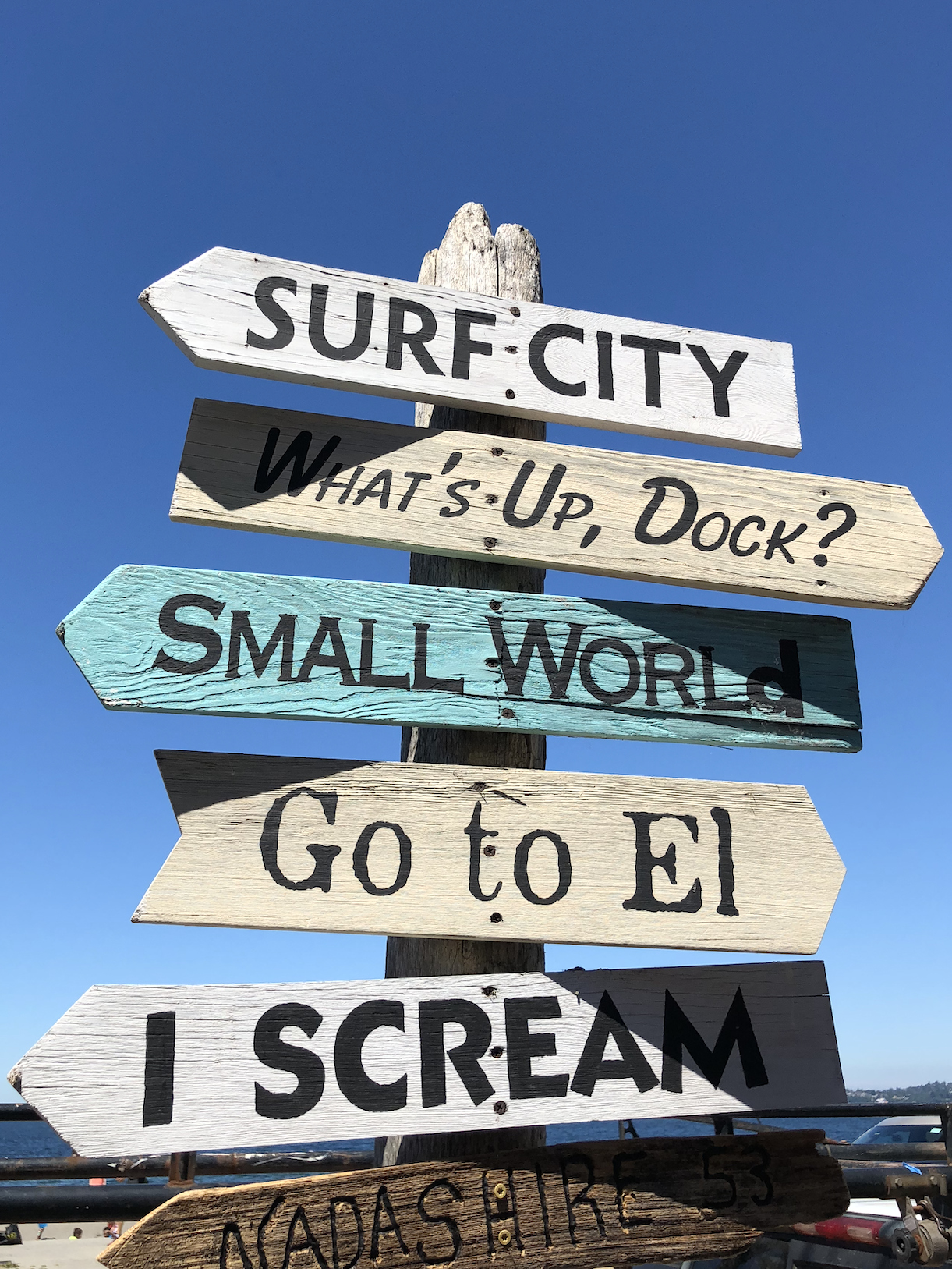
Twyla Tharp does an amazing job describing her “white room” so well in her book, The Creative Habit. Twyla writes about her creative process and how each time she would create a piece of choreography (as a world renowned dance choreographer), it starts with a white room. She writes about how creatives can move through these beginning moments of a blank white room by becoming disciplined, and eventually she says, “Creativity will become your habit”. Twyla has found this empty white room her home, a place of peace. She’s become comfortable with this space, the beginning, the quiet. She says, “In order to be creative you have to know how to prepare to be creative.” Yes, this!
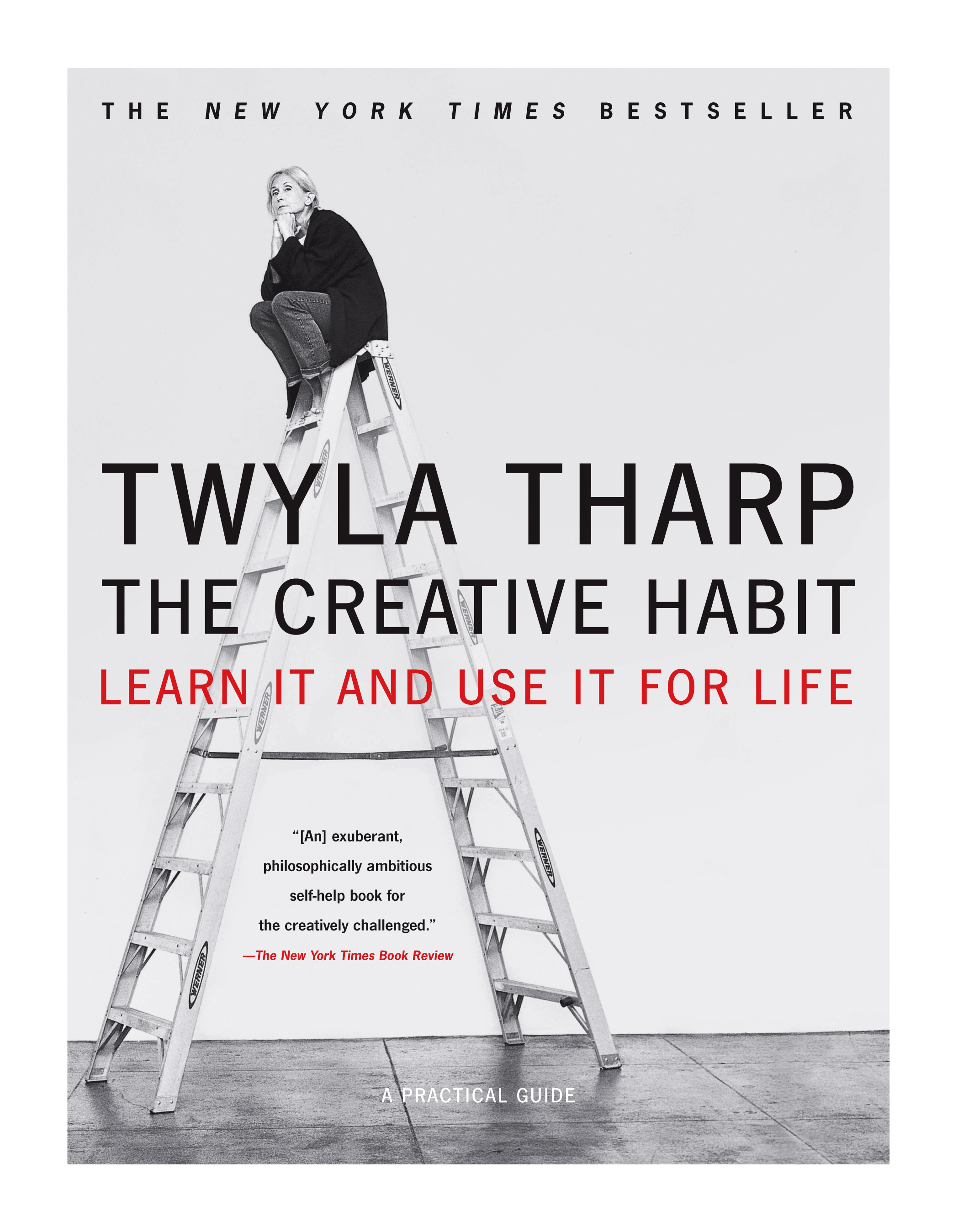
To get us into this creative habit, a place where we can get comfortable to begin in that blank space, that white room… I believe preparing mentally helps put us in the right mind frame for doing creative work. Mental preparation can guide us to what our creative souls desire. With these 3 ways to mentally prepare for creativity I’m listing below, each can help us find our forward movement into the blankness as we create.
3 Ways to Mentally Prep for Creativity
1. Meditation:
I began meditating back in April when I found I needed more quiet thoughtful moments in my life. I needed to slow down and become more mindful of my actions and what was and wasn’t serving me to become whole and complete. It’s been such an enlightening experience and I now crave that quiet time to just be, breath, and focus on the present moment. It’s helped me get calm and really listen to myself. I’ve learned to listen to that deep inner creative being who’s at the ready for any “downloads” of intuition or inspiration that come.
Recently I’ve had the pleasure of interviewing the renowned creative writer and coach Albert Flynn DeSilver. He has recently written a new course for the meditation app Insight Timer – an app I currently use for supporting my meditation practice. Albert has produced this 10 class course for Fostering True Creativity, and I was so intrigued to learn more about his thoughts behind meditation and how it can help us surrounding creativity.
Here’s my interview with Albert Flynn DeSilver:
Marie: Does meditation help foster true creativity?
Albert: Absolutely. Meditation helps us re-align with the creative force itself. Most of us spend most of our time lost and distracted by thought, opinion, belief, and feelings of fear, doubt, and uncertainty. Meditation is a way for us to reconnect with an embodied attention of mind on reality in the present moment. In the same way we might attend to the body by feeding it well, keeping it hydrated, clean and toned through conscious movement—so too with the mind. Meditation is a practice of clearing, of perspective, of reflection, of slowing down and looking inward for the essence of what our heart truly wants to express—not what we think is correct or acceptable, or what we think we should make, or what society deems “appropriate.” We are so conditioned to look outward for answers and validation, that we miss out on a massive creative wellspring that blooms within us. With meditation we turn our attention inward toward the mysterious flow of creation energy itself and we find that not only is this energy infinite, but it’s loving and accepting, and the source of our true heart’s intent—and is ultimately an extension of our very being.
Marie: How can someone improve their creativity through meditation?
Albert: The short answer is simply by practicing consistently. Many people these days like the idea of meditation, but very few are willing to sit and be still and truly practice. It takes courage to show up fully to be present and vulnerable–this is what happens when we meditate! So consistency is everything, in the same way consistency in your creative practice is everything in terms of improving and evolving as a creative being. Try meditating before you attend to your creative work and see how it changes. What opens up? What new ideas flow through? In my experience the consistency of meditation practice has set me up to be perpetually in receptivity for new ideas and answers to creative problems. I have never experienced creative blocks. Frustrations, conundrums, challenges—yes, but blocks, never. When stuckness arises, I simply get quiet and let go. Soon things begin to move once again as if by magic.
Marie: What are some of the benefits of meditation for creative people?
Albert: The benefits are endless. The Buddha offered the teachings of silent insight meditation as a way to reconnect to the full open human space of love and compassion, but said to his students don’t believe what I say, look deep in your own heart, check in for yourself and see what is true in your own direct experience. But you can’t just sit there for 2 minutes and say “nothing happened this is stupid and worthless.” You have to give it an honest try. Sitting still in silence for 20-30 minutes is not easy, especially in our culture where we have been trained to go, go, go, think, think, think our way out of all our problems and challenges. In my experience, I have been able to tap into an infinite wellspring of creative energy, ideas, and experiences. I feel like I have become more receptive to new forms of knowledge and understanding. I have experienced more peace and calm, more clarity of heart. My overall health and vitality have improved. I have become more loving, considerate, and open to new ideas. I have been able to work with anxiety, fear, and strong sensations in the body. I have become more conscious about what I eat and the importance of staying well hydrated. And specifically in regards to my creative work it has given me the sense that I can do almost anything I want as an artist. For the longest time I thought I was just a poet and had no idea how to write prose, or how I would ever finish writing a 250 page book someone would want to read. And since then I have written several 300+ page books including a memoir, two novels, and a nonfiction book on writing and meditation. I attribute this new sense of my own potential, to meditation.
Marie: What is a simple meditation practice someone can do to be more mindful surrounding their creativity?
Albert: I have three FREE excellent “Creativity Meditations” on the Insight Timer app, which I encourage people to check out. It is generally best to work with a teacher in a live workshop or class setting when starting out. One simple way to get started is to create a space in your home or studio where you can sit quietly with a little privacy. Set a timer for 5-20 minutes and begin by sitting comfortably on a chair or cushion, let your eyes close gently and begin with a single deep breath inward and exhale audibly out. Then take a second deep breath inward and exhale audibly out. And then a third breath inward and exhale audibly out. Then just settle into your natural rate of breathing. You might want to begin with a simple wish or intention for yourself during this time you are meditating. Then simply tune in to what it feels like to be sitting there breathing. You have nothing to do, nothing to learn, nothing to create, nothing to fix or change. Your job right now is to simply be there and breathe, to notice the breathing body, breath by breath. Try and be open to whatever arises in the moment as you sit there. It might be a little uncomfortable, perhaps some fidgetiness or nervousness, maybe fear, or it could be peace and relaxation, maybe sleepiness, perhaps joy and excitement. Continue to simply be with whatever your state of heart and mind and just breathe in place allowing things to be as they are. As thoughts come in, allow them to stream through and disappear as is their nature. When you get lost on a train of thought and then notice it, try and return to your experience of the breathing body. Allow the bell or song on your timer to bring you back to the room and open your eyes. Again, guided meditations can be very helpful at the beginning and even better is contact with an experience meditation teacher and community. Enjoy! May the experience of meditation and mindfulness open you to infinite creativity, joy, and love!
Marie: Wow. I truly want to thank you for your insight into further exploration of meditation and creativity! I am taking your thoughtful words to heart.
Be sure to visit Albert’s insight timer meditation courses, as well as his collection of written work.
2. Journaling:
Or better yet… writing ”Morning Pages”. Morning Pages is a process designed by Julia Cameron from her book, The Artist’s Way. First thing each morning when you wake up you write down your thoughts in 2-3 pages. Just scribble them down in no particular order or specific way, it’s just to get thoughts out of our mind to make room for our day! This creative process of writing has really helped me clear the chatter I have in my head to be my best self for that day. And I could simply journal for journaling sake in writing down thoughts and reflections about my life and experiences, which I still do, but there’s something so mindful and magical about Morning Pages that brings me true expressive relief. Moving some of that energy around to help me flow. When I work this specific process of Morning Pages, which isn’t meant to be saved or kept – you can toss these pages right out after you write them down, it gives me freedom to simply write and speak what needs to be said with no filter or stress that anyone will read them. Moving that energy right on through.
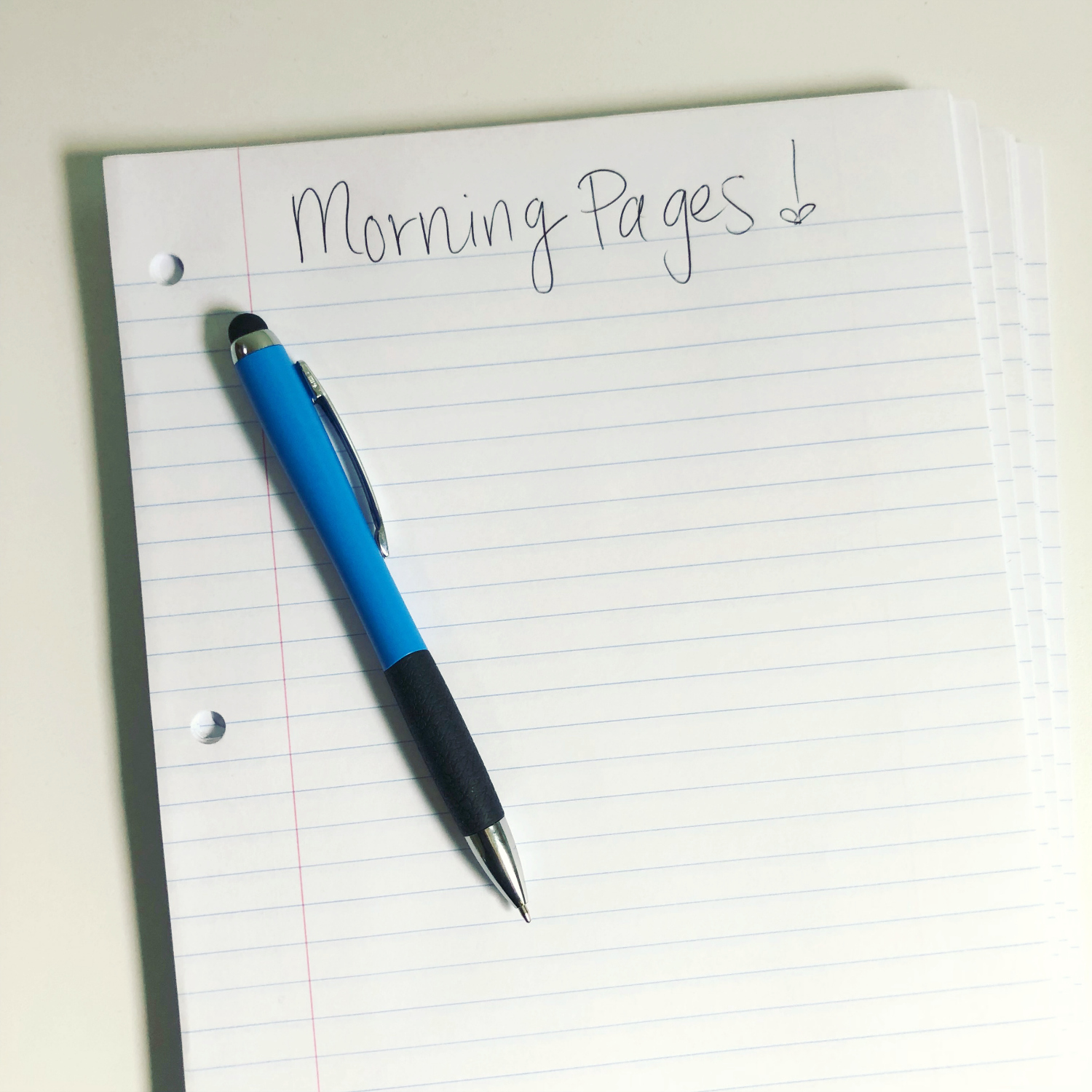
3. Light exercise:
I have found that when I move my body with stretching, yoga, or walking, it’s a time that allows me to be more present and aware to my thoughts and actions. If you can, find an activity that will bring you to this point, something not too vigorous, but will allow you some time for reflection through the exercise. This goes back to how our mind, body, and soul work together, and being mindful of our body as we’re out on a walk or participating in yoga. These activities help me tap into my soul for some deep inner creative inspiration! When I participate in these light exercises it keeps me in the mind frame of growth and innovation, ready to receive any insights toward my creative work!
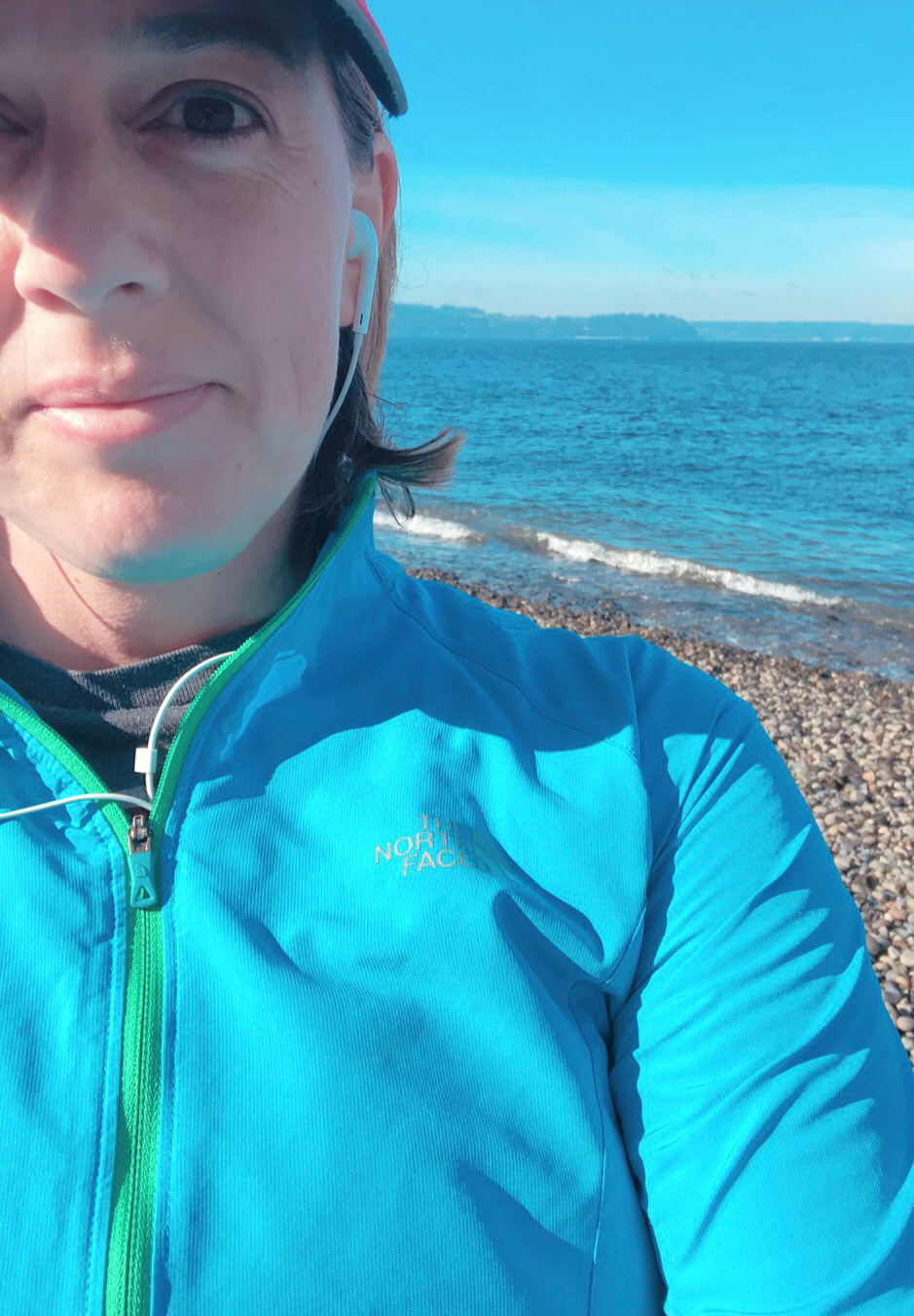
My hope is that you will tap into what you need to prepare mentally for your creative work, possibly through meditation, journaling, or some light exercises. You’ll step into that blank page, blank canvas, or blank room ready to begin!
*This post contains affiliate links. Thanks for supporting Make and Takes!
**Top image credit via Danielle MacInnes
